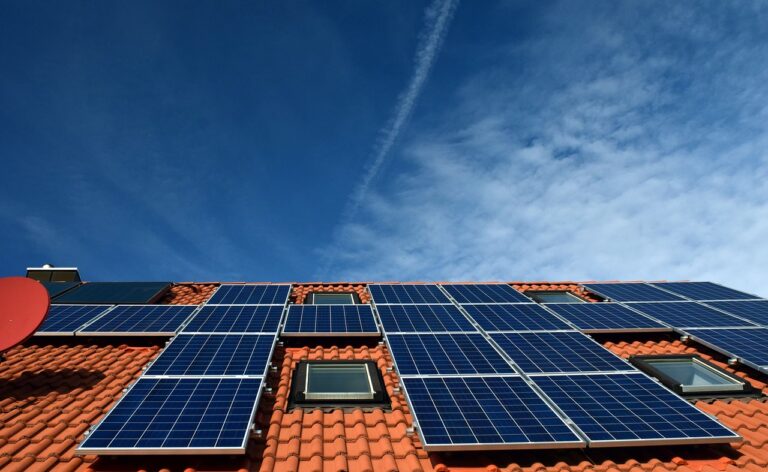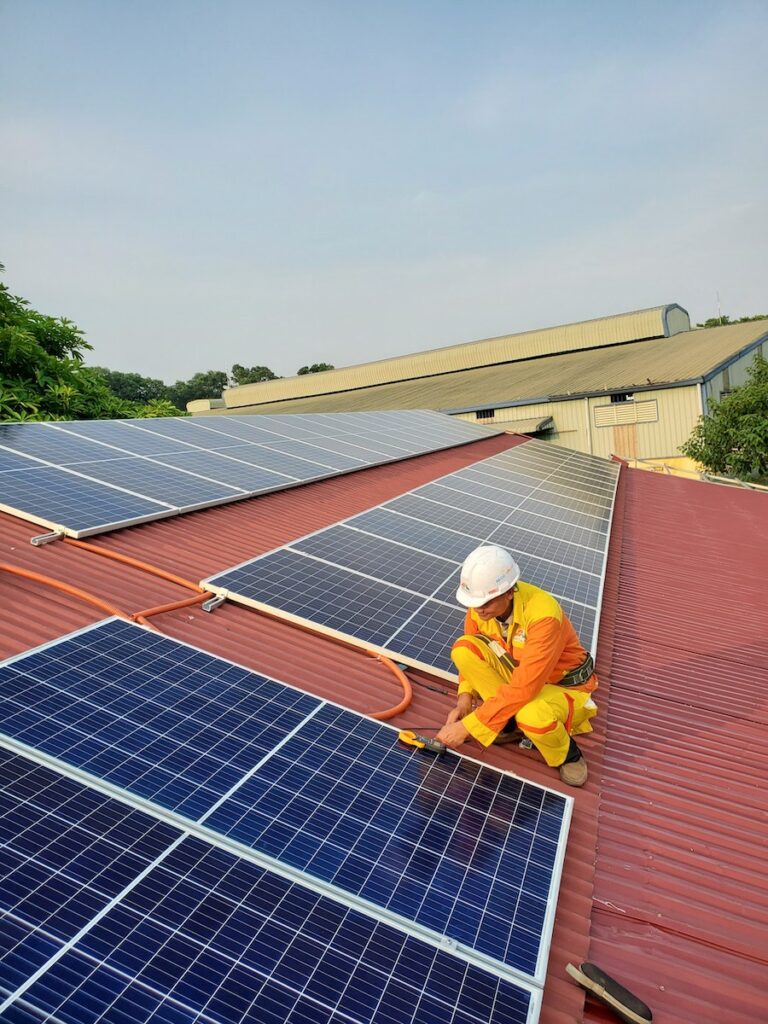What is a Solar Generator and How Does it Work?
Solar generators are a convenient and environmentally friendly way to generate power on the go. They are a portable power source that uses solar panels to convert sunlight into electricity, which is stored in a battery pack and can be used to power devices and appliances via an inverter. Solar generators are a clean, renewable, and quiet alternative to traditional gasoline-powered generators and are often used as a backup power source or for recreational activities.
There are two main components to a solar generator: the solar panels and the battery storage system. Solar panels are made up of photovoltaic cells that convert sunlight into electricity. This electricity is then stored in a battery pack, which can be used to power devices and appliances when needed.
To use a solar generator, you’ll need to set up the solar panels in a location where they will receive plenty of sunlight. The solar panels are connected to the battery pack via cables, which allow the electricity to flow from the panels to the battery.
Once the solar panels are set up and the battery pack is charged, you can use the solar generator to power your devices and appliances. To do this, you’ll need to use an inverter, which converts the direct current (DC) electricity stored in the battery pack into alternating current (AC) electricity, which is what most devices and appliances use.
Solar generators are particularly useful in situations where access to the power grid is limited, such as when camping or boating. They are also a good choice for emergency situations, as they can provide power during power outages. In these cases, a solar generator can be a lifesaver, allowing you to power essential devices such as lights, refrigerators, and medical equipment.
One of the main benefits of solar generators is their clean and renewable energy source. Unlike traditional generators, which run on fossil fuels such as gasoline or diesel, solar generators rely on sunlight, a natural and abundant energy source. This makes them an environmentally friendly choice and helps to reduce your carbon footprint.
Another advantage of solar generators is their quiet operation. Traditional generators can be loud and disruptive, particularly when used for extended periods of time. Solar generators, on the other hand, are much quieter and can be used without disturbing your neighbors or the environment.
Solar generators are also relatively low maintenance. They don’t require regular tune-ups or fuel refills like traditional generators do, and they have a longer lifespan since they don’t rely on mechanical parts that can wear out over time.
Of course, there are also some downsides to solar generators. One potential drawback is the initial cost, which can be higher than traditional generators. However, this cost can be offset over time through savings on fuel and maintenance costs, as well as through government incentives and rebates for renewable energy systems.
Another potential limitation of solar generators is their reliance on sunlight. While solar panels can still generate some electricity on cloudy days, their output is reduced compared to sunny days. This means that solar generators may not be suitable for areas with frequent cloudy or rainy weather.
Solar generators are a convenient and environmentally friendly way to generate power on the go. While they may have a higher initial cost compared to traditional generators, they can save you money in the long run through reduced fuel and maintenance costs and are a clean and quiet alternative. If you’re looking for a portable power source for recreational activities or as a backup power source for your home or business, a solar generator is definitely worth considering.




